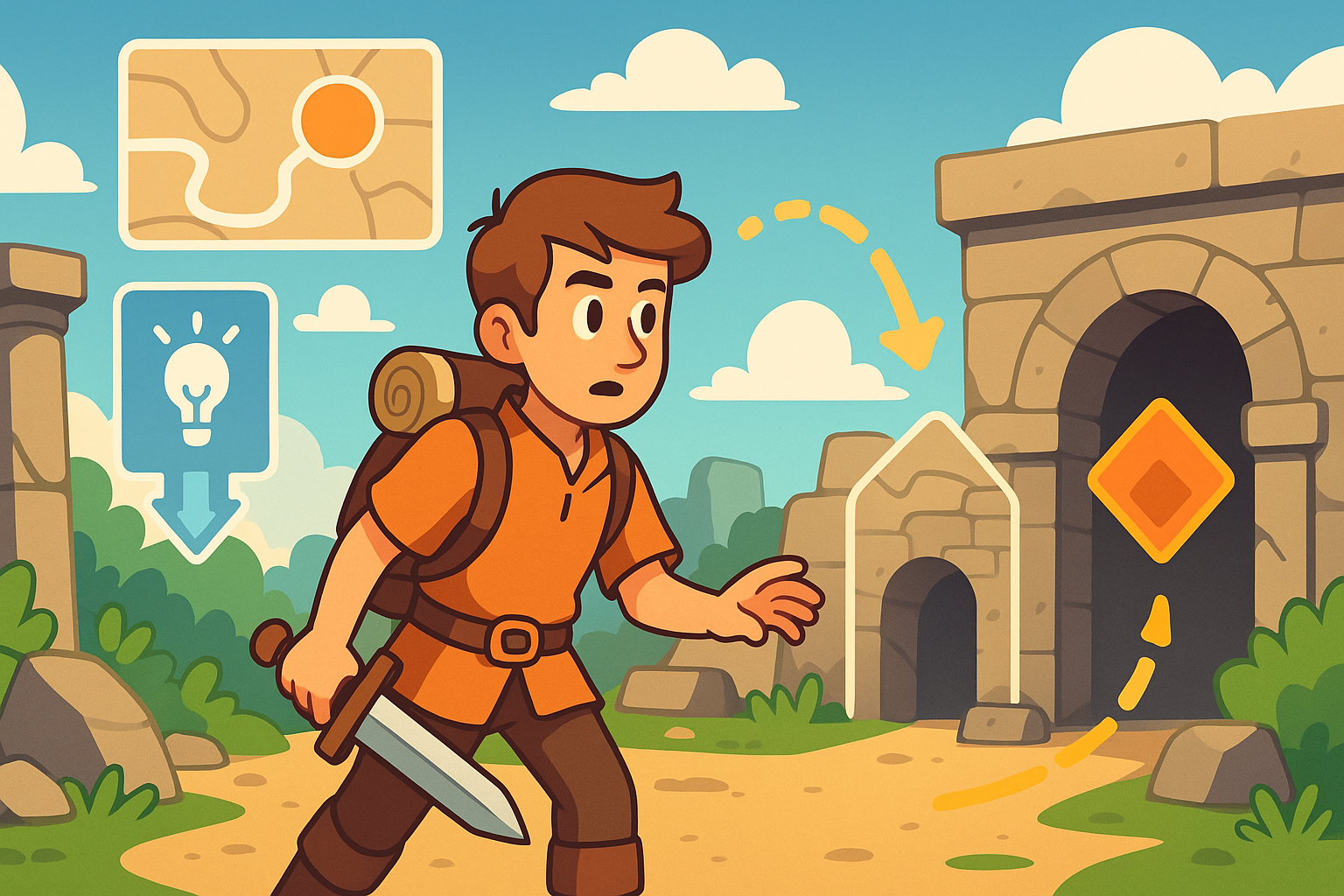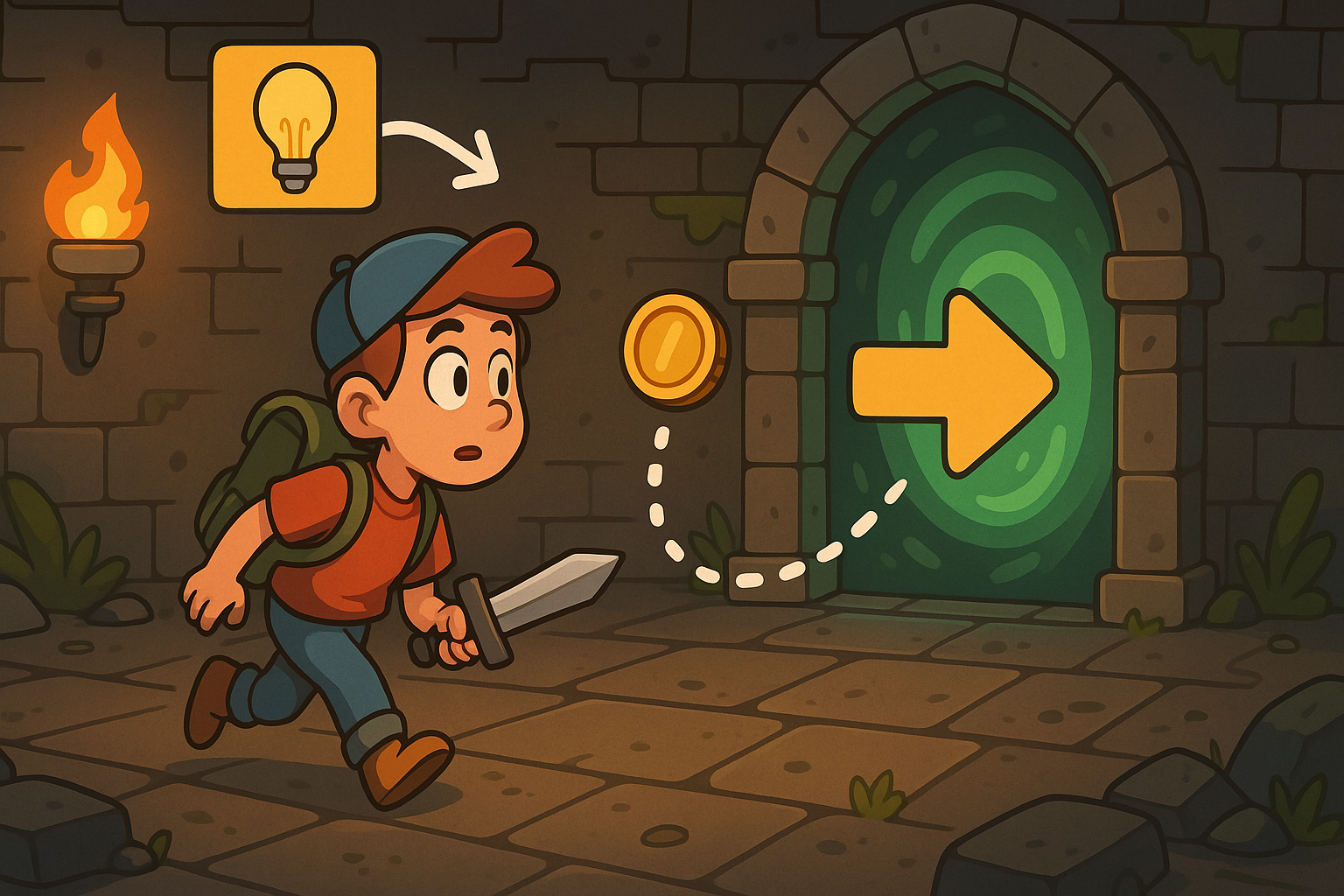
Visual Guides in Gaming: Crafting Smarter Overlay Layers
In the evolving landscape of interactive entertainment, how players receive and process information is paramount. Modern games, with their intricate mechanics and expansive worlds, demand sophisticated methods of guiding users without overwhelming them. This pushes developers beyond traditional heads-up displays (HUDs) to more integrated solutions.
Traditional HUD elements, while functional, often exist as static overlays, disconnected from immediate gameplay. They present data in a fixed format, regardless of the player's current situation or cognitive load. This can lead to players missing crucial information or feeling disengaged.
This is where dynamic visual guides and intelligent overlay layers truly shine. These advanced systems deliver information precisely when and where it is most relevant. By analyzing player behavior, game state, and environmental cues, they adapt presentation, ensuring clarity and minimizing distraction, fostering deeper connection.
The significance of crafting smarter overlay layers extends beyond convenience; it fundamentally enhances the player experience. Such guides streamline complex tasks, highlight critical objectives, or subtly direct attention. They empower players to make informed decisions quickly, reducing frustration and aiding immersion.
For designers, mastering these adaptive visual systems is a core competency. It involves a delicate balance of aesthetics, functionality, and psychological understanding. The goal is an intuitive, organic interface, almost an extension of the player's senses, rather than a separate data layer.
Key Applications of Dynamic Visual Guides
- Player Onboarding: Contextual hints adapt to learning, easing new players into complex systems. Pro: Reduces initial frustration. Limitation: Can hinder self-discovery.
- Strategic Insights: Real-time overlays highlight objectives or optimal paths. Pro: Aids decision-making. Limitation: Risks information overload if poorly designed.
- Enhanced Accessibility: Personalized visual cues cater to diverse player needs. Pro: Broadens audience. Limitation: Requires meticulous, adaptable design to be effective.
Balancing Immersion and Information Delivery
A central debate in overlay design revolves around the tension between minimalist interfaces and comprehensive guidance. Some designers advocate for a "less is more" approach, believing that an uncluttered screen fosters deeper immersion and encourages player exploration. They argue that excessive visual cues can diminish the sense of discovery and autonomy, making the experience feel overly prescriptive.
Conversely, others contend that modern interactive experiences are often too complex to be navigated solely through intuition. They champion intelligent overlays as essential tools for managing cognitive load, especially in genres like strategy or role-playing. The argument is that well-designed guidance doesn't detract from immersion but rather enhances it by removing frustrating barriers. 
The advent of adaptive systems, often powered by sophisticated algorithms, offers a promising middle ground. These systems dynamically adjust guide visibility and intensity based on player skill or game situations. This ensures assistance is provided only when truly needed, making guidance feel less like a constant presence. Hexolvepuz, for instance, actively explores these frontiers.
However, implementing such adaptive systems presents its own set of challenges. Designers must meticulously define the triggers and conditions for guidance, ensuring the system is helpful without being intrusive or predictable. There's a fine line between providing timely support and inadvertently "playing the game" for the user, thus undermining their sense of accomplishment.
Expert opinions also diverge on the role of player customization in these systems. While offering extensive options allows users to tailor their experience, it can also lead to interface inconsistencies or even confusion if not managed carefully. The goal is to provide meaningful choices that empower players, rather than overwhelming them.
The Path Forward for Visual Guidance
Visual guides are crucial for modern interactive entertainment. Dynamic, context-aware overlays enhance accessibility and engagement. Thoughtful design, balancing information and immersion, is paramount for compelling player interactions.
Effective systems empower players without dictating their experience. Personalized overlay layers will expand, promising exciting new design avenues for the industry, with companies like HexolvePuz leading innovation in this space.
Posted by
Alia Liyana
When visuals speak, players grasp concepts faster.






